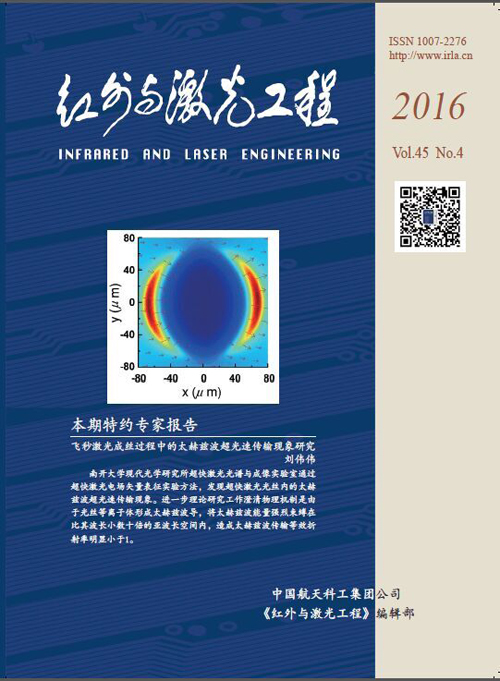|
[1]
|
Li Xinyang, Jiang Wenhan. Effective bandwidth analysis of adaptive optics control system[J]. Acta Optica Sinica, 1997, 17(12):98-103. (in Chinese) |
|
[2]
|
Clnet Y, Kasper M, Ageorges N, et al. NAOS performances:impact of the telescope vibrations and possible origins[C]//SF2A-2004:Semaine de l'Astrophysique Francaise, 2004. |
|
[3]
|
Gendron E, Lena P. Astronomical adaptive optics 1:Modal control optimization[J]. Astronomy Astrophysics, 1994, 291(291):337-347. |
|
[4]
|
Kulcsar C, Sivo G, Raynaud H, et al. Vibrations in AO control:a short analysis of on-sky data around the world[C]//Astronomical Telescopes+Instrumentation, International Society for Optics and Photonics, 2012:84471C. |
|
[5]
|
Li Xinyang, Ling Ning, Chen Donghong, et al. Stable control of the fast steering mirror in adaptive optics system[J]. High Power Laser and Particle Beams, 1999, 11(1):31-36. (in Chinese) |
|
[6]
|
Ma Jiaguang, Tang Tao. Review of compound axis servomechanism tracking control technology[J]. Infrared and Laser Engineering, 2013, 42(1):218-227. (in Chinese) |
|
[7]
|
Petit C, Conan J M, Raynaud H F, et al. First laboratory demonstration of closed-loop Kalman based optimal control for vibration filtering and simplified MCAO[C]//Astronomical Telescopes+Instrumentation, International Society for Optics and Photonics, 2006:62721T. |
|
[8]
|
Petit C, Conan J, Kulcsar C, et al. First laboratory validation of vibration filtering with LQG control law for adaptive optics[J]. Optics Express, 2008, 16(1):87-97. |
|
[9]
|
Agapito G, Quiros-Pacheco F, Tesi P, et al. Observer-based control techniques for the LBT adaptive optics under telescope vibrations[J]. European Journal of Control, 2011, 17(3SI):316-326. |
|
[10]
|
Neichel B, Rigaut F. Kalman and H-infinity controllers for GeMS:Imaging systems and applications[C]//Applied Industrial Optics:Spectroscopy, Imaging and Metrology, 2011:JWA32. |
|
[11]
|
Serge M, Cyril P, Thierry F, et al. Tip-tilt disturbance model identification for Kalman-based control scheme:application to XAO and ELT systems[J]. JOSA A, 2010, 27(11):A122-A132. |
|
[12]
|
Kulcsar C, Massioni P, Sivo G, et al. Vibration mitigation in adaptive optics control[C]//SPIE Astronomical Telescopes+ Instrumentation, International Society for Optics and Photonics, 2012:84470Z. |
|
[13]
|
Guesalaga A, Neichel B, Rigaut F, et al. Design of frequency-based controllers for vibration mitigation at the Gemini-South telescope[C]//Astronomical Telescopes+ Instrumentation, International Society for Optics and Photonics, 2012:844711. |









 DownLoad:
DownLoad: